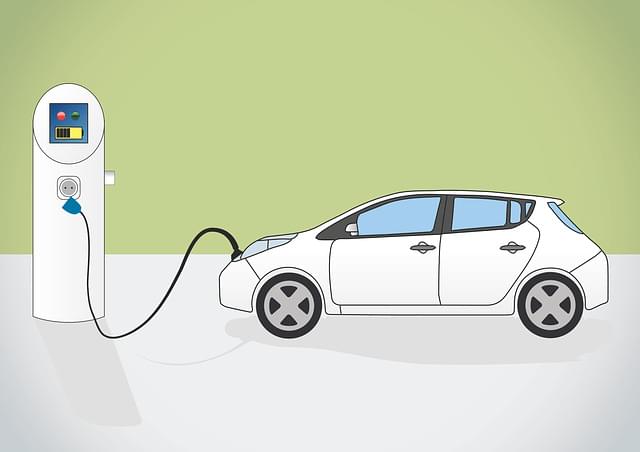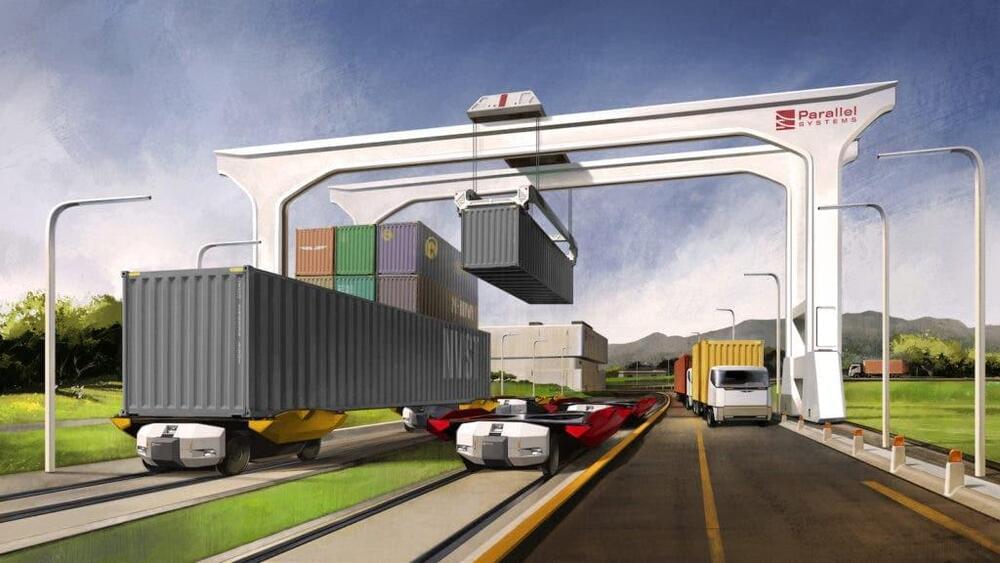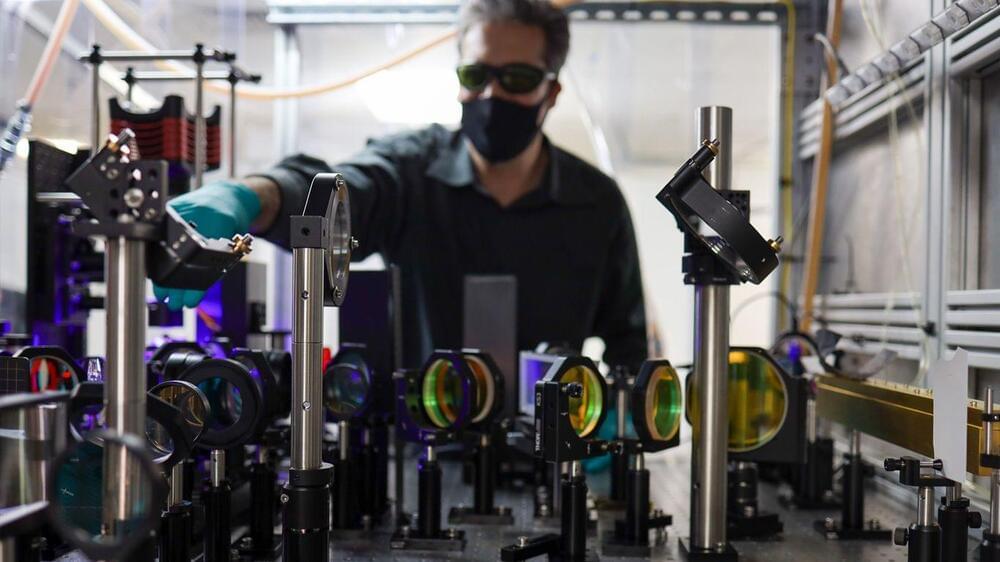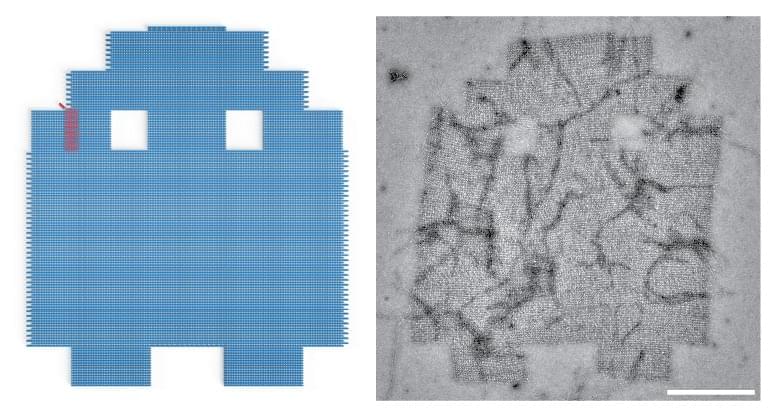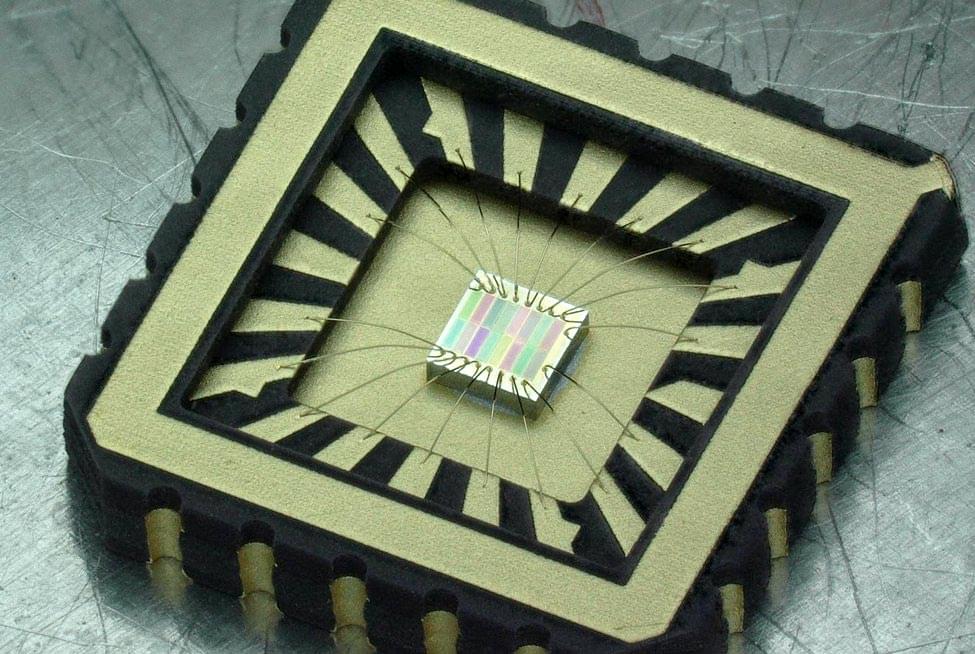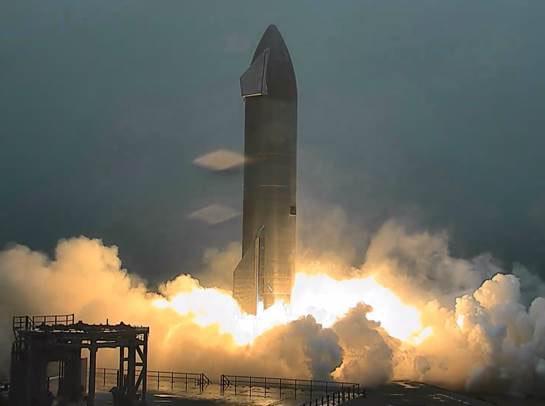The first direct observation of light from behind a supermassive black hole confirms a prediction in Einstein’s theory of general relativity.
Circa 2021
DETROIT – The EV Revolution is in full-swing right now. Tesla just passed the trillion-dollar valuation mark. Lucid Group just rolled out its first cars with 500+ miles of driving range. Rivian just had the biggest initial public offering since Facebook.
Every legacy automaker — from Ford to GM to Volkswagen — is investing tens of billions of dollars iino electrifying their fleets. The EV Revolution has arrived.
But here’s the thing: The EV Revolution won’t go mainstream until we make better batteries.
Parallel Systems bursts out of stealth mode with a SpaceX pedigree and a plan for launching the nation’s railways into the space age with autonomous electric railcars.
Electric trains have been much in the news lately. Adding to all the hoopla today is the US startup Parallel Systems, which has just busted out of stealth mode with a recipe for replacing thousands of trucks on the highways with zero emission short-haul autonomous electric railcars. The company sports a leading lineup of three former SpaceX electronics and battery experts, so let’s see what all the fuss is about.
Autonomous Electric Railcars
The idea of electric locomotives is beginning to catch on, but Parallel Systems is calling its version a “rail vehicle” because it has no resemblance to a locomotive. Think of it as a train without locomotives, and the picture comes into sharper focus.
Nuclear power accounted for 10% of global electricity generated in 2020. Here’s a look at the largest nuclear power producers.
Some highlights from The Year in Ethereum 2021 report by Evan Van Ness and Josh Stark.

Throughout most of human history, the goal was to establish a better life for people. Whether proponents of change admit to it or not, they hope to make everything perfect. However, this very impulse to improve security against everything bad and eliminate all physical ills could precipitate just another kind of doom.
To borrow the words of a Jeff Goldblum character, those of us who did the most to uplift humanity may have been “so preoccupied with whether they could, they didn’t stop to think if they should.”
In Carl Sagan’s The Demon-Haunted World, he pointed out that the modern world is complicated. Everything we don’t understand is something to fear (unless you are a specialist in it), and it is a thing that can be ignorantly speculated about in a vacuum, as vaccines are by many on social media.
A new metal 3D printing technology could revolutionize the way large industrial products like planes and cars are made, reducing the cost and carbon footprint of mass manufacturing.
Why it matters: 3D printing — also called additive manufacturing — has been used since the 1980s to make small plastic parts and prototypes. Metal printing is newer, and the challenge has been figuring out how to make things like large car parts faster and cheaper than traditional methods.
Boing Boing.
I don’t entirely understand what this means, but here’s how they explained it in an upcoming scientific paper from the journal of Biology:
Using a library of ~2000 strands [of DNA origami] that can be combinatorially assembled to yield any of ~1e48 distinct DNA origami slats, we realize five-gigadalton structures composed of 1,000 uniquely addressable slats, and periodic structures incorporating 10,000 slats. Thus crisscross growth provides a generalizable route for prototyping and scalable production of devices integrating thousands of unique components that each are sophisticated and molecularly precise.
Okay, so I still don’t totally understand what that means. But I did see this tweet from the lead author on the paper:
Miniaturized near-infrared sensor that could fit in a smartphone can analyze the chemical content of milk and plastics.
A TU/e research group has developed a new near-infrared sensor that is easy to make, comparable in size to sensors in smartphones, and ready for immediate use in industrial process monitoring and agriculture. This breakthrough has just been published in Nature Communications.
The human eye is a marvelous sensor. Using three different types of photoreceptor cone cells that convert visible light into signals for different colors, the eye gives essential information about the world around us.
SpaceX is busy testing its rocket engines in Texas, and a ew test resulted in green flames that re a sign of failure.

